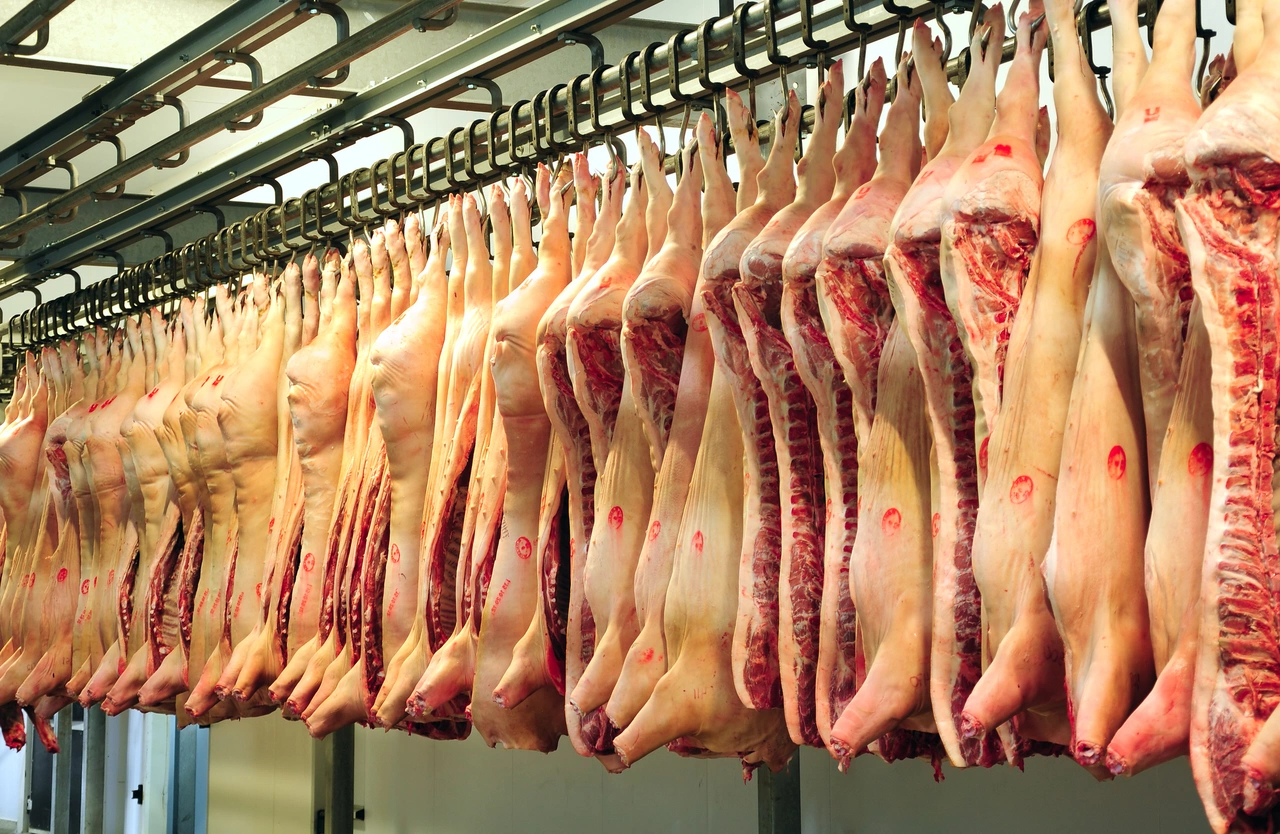
Cold Room Storage for Meat and Dairy: Maintaining Optimal Conditions
Cold room storage is essential for maintaining the quality, safety, and shelf life of perishable food items like meat and dairy. Proper storage conditions are critical to prevent spoilage, bacterial growth, and preserve the nutritional and sensory qualities of these products.
In this article, we will discuss the importance of cold storage for meat and dairy, optimal temperature and humidity conditions, and best practices for maintaining these conditions.
The Importance of Cold Storage
Meat and dairy products spoil quickly due to their delicate composition. Meat, especially, is prone to bacterial contamination and spoilage due to its high water activity and protein content. Similarly, dairy products are sensitive to changes in temperature and require careful handling to maintain their freshness, flavor, and nutritional content. Cold room helps to slow down microbial growth, preserve textures, and maintain safety by keeping these products at temperatures that inhibit bacterial activity.
Optimal Conditions for Cold Storage
For both meat and dairy, cold rooms must be carefully monitored to ensure the appropriate conditions are maintained. These conditions can vary slightly depending on the specific type of meat or dairy, but there are general temperature and humidity guidelines to follow:
1. Meat Storage Conditions
- Temperature: Fresh meat should be stored at temperatures between 0°C to 4°C (32°F to 39°F). Maintaining this temperature range inhibits bacterial growth while preserving the product’s color, texture, and flavor. For frozen meat, temperatures must be at or below -18°C (0°F) to keep it in a safe state for longer periods.
- Humidity: Ideal humidity levels for meat cold rooms should be around 85% to 90%. Excess moisture encourages bacterial growth and spoilage, whereas insufficient moisture can dry out the meat, affecting its texture.
- Airflow: Proper airflow is essential to prevent moisture accumulation in the storage area. This also helps ensure that temperatures remain consistent throughout the cold room.
2. Dairy Storage Conditions
- Temperature: Dairy products, such as milk, cheese, and yogurt, should be stored at a temperature range of 2°C to 5°C (36°F to 41°F) to prevent bacterial growth and preserve freshness. For dairy products that require freezing, temperatures should be maintained at -18°C (0°F) or lower.
- Humidity: Dairy products need a 60% to 80% humidity level. Milk, cream, and soft cheeses, for example, require higher humidity levels to prevent drying out, while hard cheeses can tolerate lower humidity levels.
- Airflow: Proper ventilation is key to prevent moisture accumulation and ensure even temperature distribution. Dairy products should be stored away from direct airflow that could dry out sensitive items like butter or soft cheese.
Best Practices for Maintaining Optimal Conditions
To ensure that cold room storage conditions are ideal for meat and dairy products, it’s essential to follow best practices for setup, monitoring, and maintenance.
1. Regular Temperature Monitoring
Cold rooms should be equipped with temperature monitoring systems to ensure that the environment remains within the required temperature range. It’s important to have both digital temperature sensors and backup manual thermometers to check temperatures at various locations inside the cold room.
2. Humidity Control
Controlling humidity is just as vital as regulating temperature. Hygrometers can be installed to measure the relative humidity, and some cold rooms are equipped with humidifiers and dehumidifiers to help control moisture levels. It’s also important to periodically check the condition of cold room insulated doors, seals, and insulation, as gaps or leaks can cause humidity fluctuations.
3. Airflow Management
Proper airflow can be achieved by positioning fans strategically in the cold room to circulate air evenly. Shelving should be arranged in a way that allows air to circulate freely around the products. Overcrowding shelves can block airflow and create uneven cooling, which may lead to spoilage or inconsistent product quality.
4. Regular Cleaning and Sanitation
A clean cold room is essential for preventing cross-contamination between meat, dairy, and other products. Cold rooms should be cleaned regularly to remove any bacteria, mold, or food debris. Sanitation schedules should be established, including cleaning of floors, walls, shelves, and ventilation systems.
5. Proper Packaging
Both meat and dairy products should be properly packaged before storage to avoid contamination and preserve freshness. For meat, vacuum sealing or using modified atmosphere packaging (MAP) helps maintain the product’s quality and prevents exposure to oxygen, which can lead to spoilage. Dairy products, especially liquid items like milk, should be stored in airtight containers to prevent oxidation and contamination.
6. Monitoring for Power Outages
Cold rooms should have backup generators or uninterruptible power supply (UPS) systems to ensure that the temperature is maintained during a power failure. In case of a power outage, temperatures should be checked frequently to ensure the products remain within safe limits.
7. FIFO Inventory Management
A First In, First Out (FIFO) inventory system helps prioritize older products, minimizing the risk of expired stock. This practice is especially important in cold room storage, where perishables like meat and dairy can have limited shelf life.


















